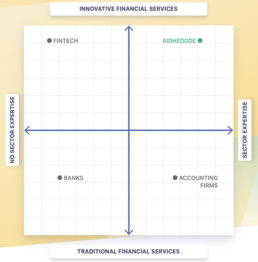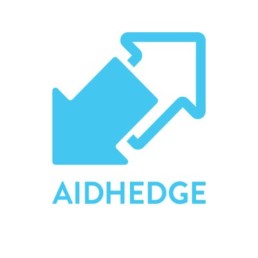AidHedge works with development organisations, donors and institutional investors to maximise financial efficiency and facilitate impactful aid finance.
Official aid and development finance is continuing to grow – according to the OECD it was over US$140 billion in 2017. However, there are diverse challenges in aid finance that can prevent funding from reaching its intended recipients, such as regulations in recipient countries, currency and exchange rate risks, and high transaction costs.

AidHedge assists organisations in maximising the impact of the funds they receive from donors and investors. For instance, they help aid and development organisations to manage and optimise their budget and comply with reporting regulations. Meanwhile, they can help investors to identify and understand risks when investing in lesser-developed economies, who will be the primary recipients of aid and development funding.
AidHedge helped NGO World Vision with a project seeking to address living standards amongst youth in Lebanon, Jordan and Iraq. The involvement of multiple organisations in a number of countries meant balancing a variety of currencies as well as competing budgetary requirements, to provide financial predictability through consistent funding delivery.
Why you should care
According to the UN Conference on Trade and Development, the cost of meeting the ambitious targets set out in the SDGs will be as much as US$7 trillion by their 2030 deadline. Companies like AidHedge can help donors and institutional investors navigate the unique challenges associated with development funding, reducing risk and making it more attractive for private actors to invest.
How the Global Goals are addressed
![]() Reduced inequalities
Reduced inequalities
Reducing risk and fees facing aid organisations can help encourage development assistance and financial flows.
Partnerships for the goals![]()
AidHedge is driving private resource mobilisation by helping donors and investors navigate aid and development finance


